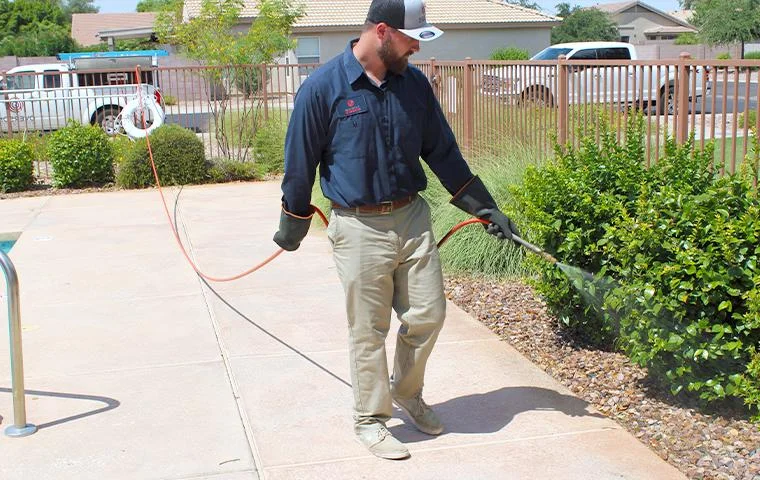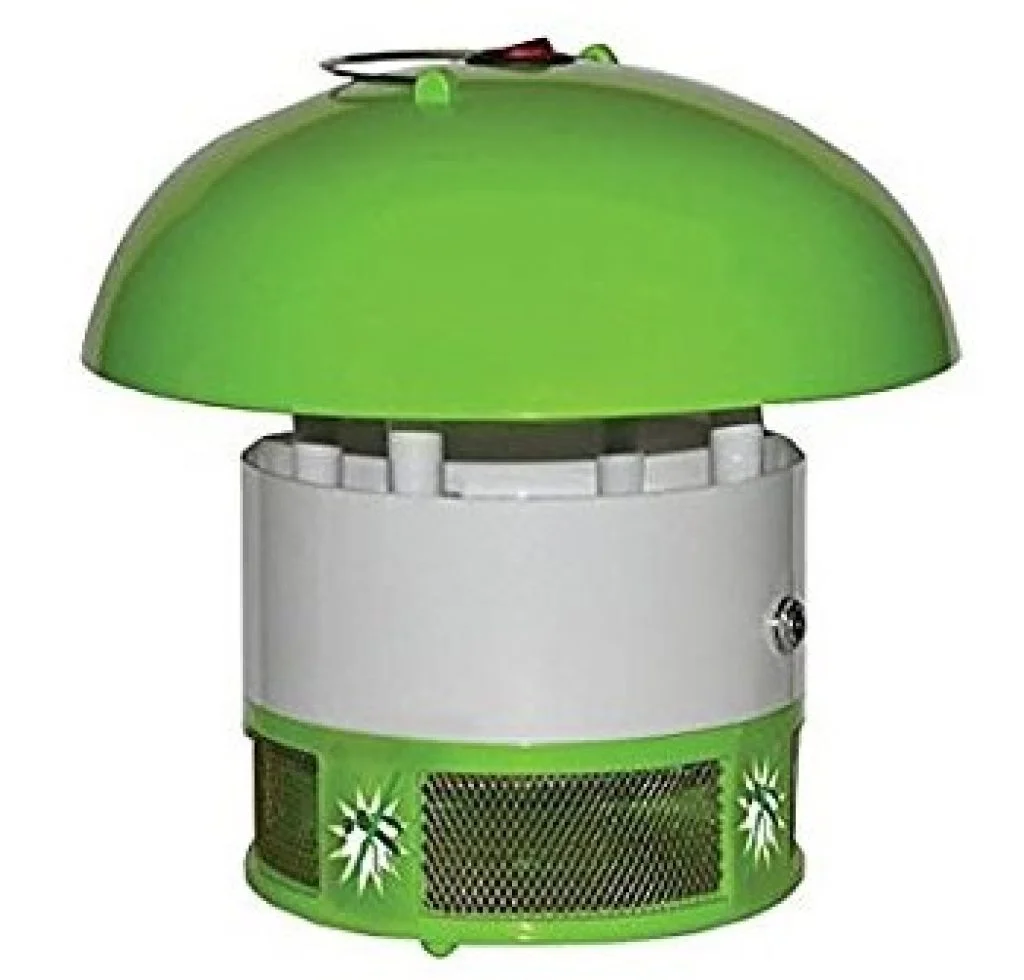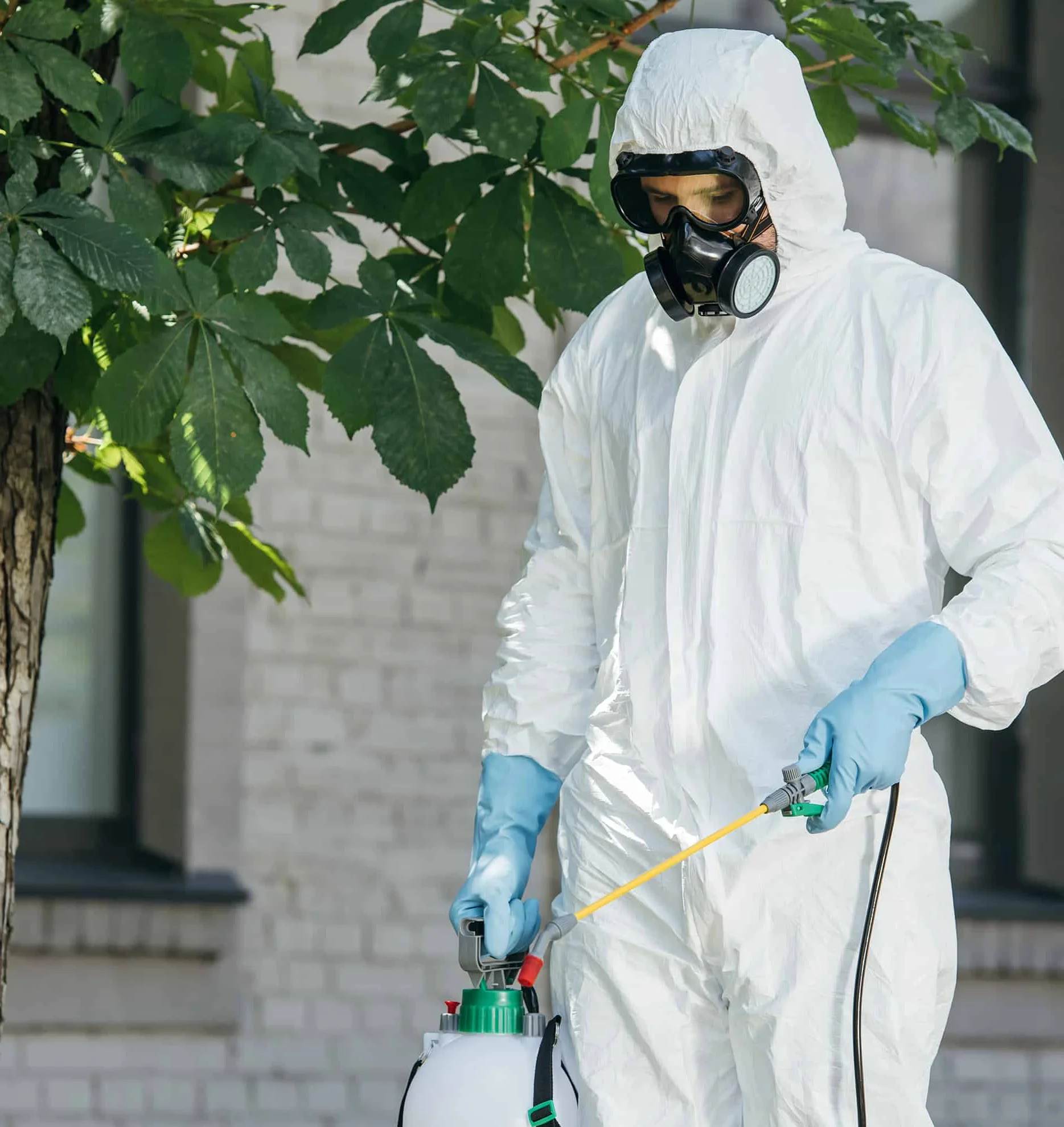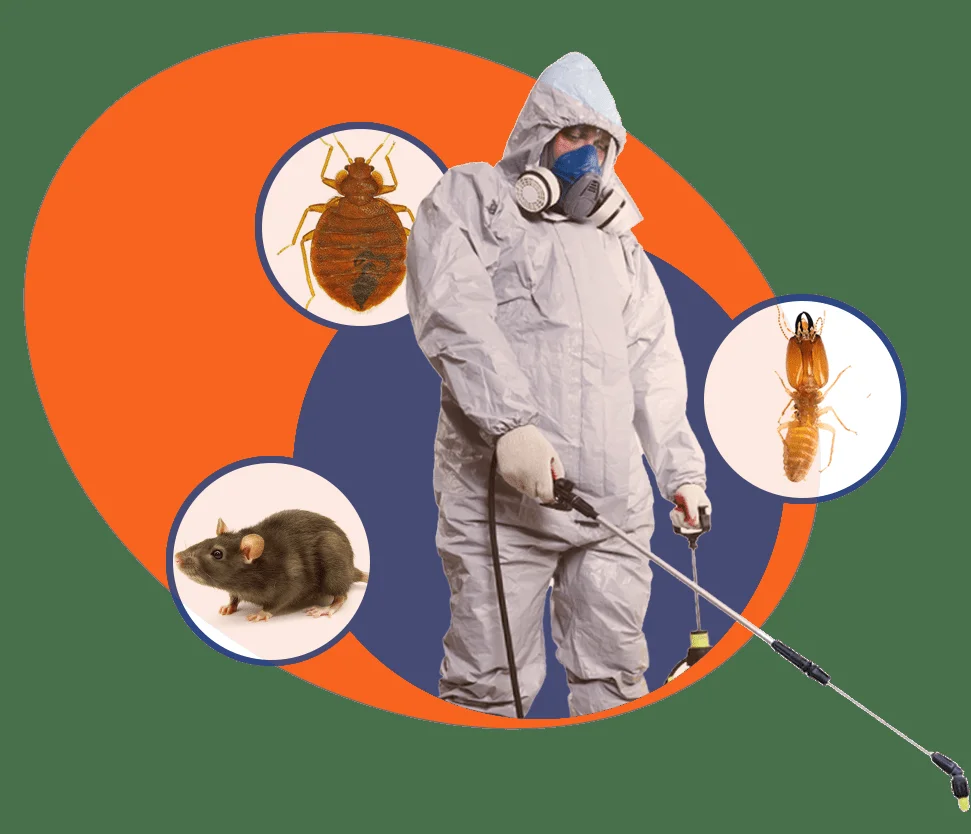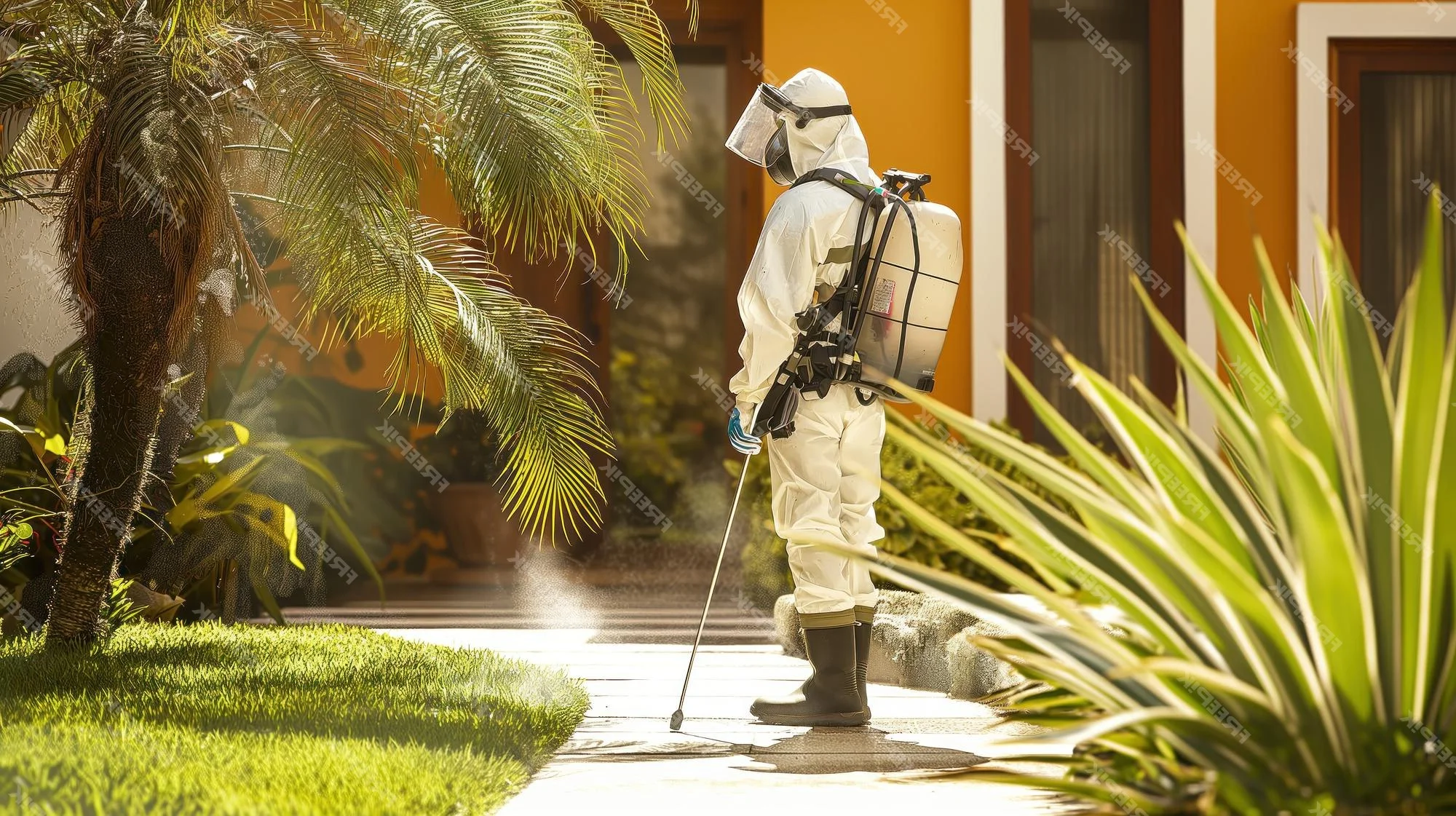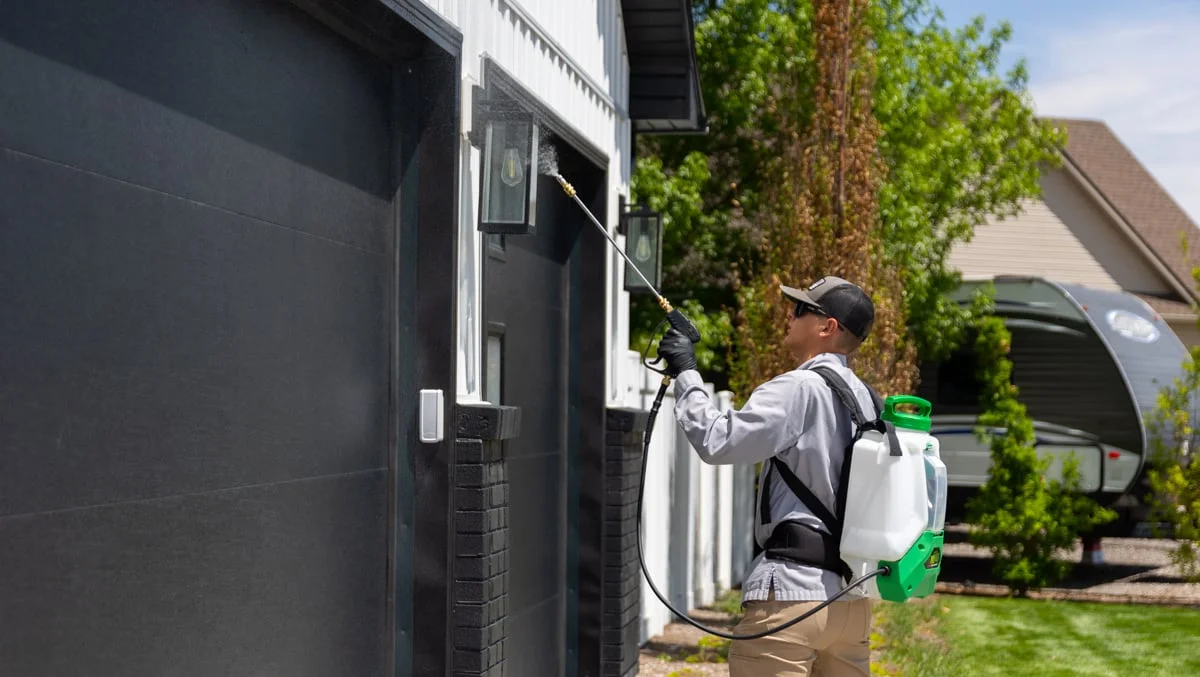From the coastal regions to the inland valleys, deserts to mountain ranges, California's remarkably diverse landscapes create unique pest ecosystems unlike anywhere else in America. The Golden State's varied climate zones—from Mediterranean to alpine, desert to rainforest—support an extraordinary range of pest species that impact homes and businesses year-round. Effective pest control in California requires specialized knowledge of these regional differences, environmental regulations, and sustainable approaches suited to the state's environmental consciousness.
Properties across California face distinctive pest challenges that can damage structures, threaten health, and disrupt daily life in both urban centers and rural communities. Whether dealing with termites in San Diego, rodents in San Francisco, Argentine ants in Los Angeles, or agricultural pests in the Central Valley, local professional exterminators provide essential expertise tailored to California's specific regional challenges. This guide explores common California pests, effective control strategies including eco-friendly pest solutions, and why the state's unique environmental conditions and regulatory framework make professional knowledge particularly valuable for lasting protection.
Dealing with persistent California pests? Our local specialists offer
emergency pest control
24/7 and comprehensive
inspections throughout the Golden State.
Contact us today for prompt assistance!
Pest Control Challenges Specific to California
California's unique environment creates distinctive pest control challenges that require specialized approaches. Here's why pest management in the Golden State demands expert attention:
-
Diverse climate zones California encompasses at least 10 different climate zones—from foggy coastlines to scorching deserts—each supporting different pest populations and requiring region-specific treatment approaches.
-
Year-round pest activity The state's generally mild temperatures, especially in coastal and southern regions, allow pests to remain active throughout all seasons, creating continuous pressure on homes and businesses without the natural population reductions that cold winters provide.
-
Invasive species pressure As a global trade and transportation hub with numerous ports and border crossings, California regularly faces new invasive pests that establish populations and spread rapidly in the favorable climate, requiring adaptive control strategies.
-
Advanced regulatory framework California maintains some of America's strictest environmental and pesticide regulations, requiring pest management professionals to stay current with complex compliance requirements and utilize approved methods that protect people, pets, and ecosystems.
-
Drought and water cycles The state's recurring drought patterns followed by occasional heavy rainfall create unpredictable pest movement patterns, as species seek moisture during dry periods or flee flooding during wet ones, often leading to sudden home invasions.
Understanding these California-specific challenges is crucial for effective pest management. Professional pest control services develop customized treatment plans that address these regional factors, providing targeted protection for the state's distinctive environmental conditions while navigating its comprehensive regulatory landscape.
Common Pests in California
California's diverse environments support an extraordinary variety of pests. Here are the most common invaders that plague the Golden State:
Termites
Professional termite inspection being conducted at a California property
California battles three major termite types: subterranean, drywood, and dampwood species. Subterranean termites are widespread throughout the state, while drywood termites particularly impact coastal and southern regions without requiring ground contact. Formosan termites, an aggressive subterranean species, have established colonies in some southern California areas, presenting additional challenges with their large colony sizes and voracious feeding habits.
Professional termite control in California typically involves comprehensive inspections, targeted treatments, and preventative measures tailored to specific termite species and regional conditions. Because of California's varied construction methods—from concrete slab foundations to raised homes with crawlspaces—treatment approaches must be customized to the building style. The state's year-round warm temperatures in many regions mean termite swarms and activity can occur almost any month, requiring constant vigilance and regular inspection.
Rodents
Setting up rodent control measures for a California home
California's urban centers face significant challenges with Norway rats, roof rats, and house mice, particularly in densely populated coastal cities like San Francisco and Los Angeles. The state's agricultural regions contend with additional field rodents that damage crops and occasionally invade structures. California's mild climate allows year-round reproduction cycles, creating consistent population pressure without the seasonal reductions seen in colder states.
Effective rodent control combines exclusion techniques to seal entry points, targeted trapping or baiting programs designed for specific species, and habitat modification to reduce attractants. In California's urban environments, community-based approaches are often necessary as rodents readily move between adjacent properties. The state's regulations regarding rodenticide use, particularly in areas where wildlife may be exposed to secondary poisoning, require professionals to implement carefully designed, compliant programs that protect both structures and the environment.
Argentine Ants
Professional treating for Argentine ants around a California home
Argentine ants have become one of California's most pervasive pest species, particularly in coastal and southern regions where they form massive supercolonies spanning multiple properties. Unlike native ant species with territorial boundaries, Argentine ants cooperate across enormous areas, making control particularly challenging. These tiny invaders enter homes seeking moisture and food, creating persistent trails and contaminating surfaces.
Professional management of Argentine ants requires strategic bait placement, targeted treatments of trails and entry points, and moisture management to reduce attractive conditions. In California's residential neighborhoods, comprehensive treatment often involves creating buffer zones around structures and coordinating efforts across property lines. Regular service is typically necessary to manage these persistent invaders, especially during dry periods when they aggressively seek moisture sources indoors.
Bed Bugs
California's status as an international travel hub and densely populated urban centers has contributed to significant bed bug challenges, particularly in cities like San Francisco, Los Angeles, and San Diego. These blood-feeding pests infest homes, hotels, apartments, and even public transportation, creating distress for residents and potentially impacting California's vital tourism industry.
Professional bed bug control in California utilizes multi-faceted approaches including heat treatments, targeted applications, and thorough inspection services that often incorporate canine detection teams. The state's multi-unit housing structures create additional challenges as infestations can spread between adjacent units, requiring coordinated treatment of multiple spaces. California's consumer protection regulations also establish specific disclosure and treatment standards that professionals must navigate when addressing these resilient pests.
Mosquitoes
Applying mosquito control treatment in a California backyard
California's diverse water features—from irrigation systems in agricultural areas to urban water management structures—create abundant breeding sites for numerous mosquito species. The state faces threats from both nuisance mosquitoes and species capable of transmitting West Nile virus, dengue, and other diseases. Invasive Aedes mosquitoes have established populations in many parts of California, introducing new public health concerns with their aggressive daytime biting habits and disease vector potential.
Professional mosquito control in California combines source reduction through water management, strategic larvicide applications in compliance with state regulations, and barrier treatments to protect specific areas. The state's mosquito and vector control districts provide additional public resources, often partnering with private pest management professionals to address widespread concerns. For residential and commercial properties, targeted treatment of landscape features, drainage systems, and perimeter areas helps reduce mosquito pressure and protect outdoor living spaces.
Eco-Friendly Pest Control for California's Environmental Consciousness
California's strong environmental ethos and progressive regulations create high demand for sustainable pest management approaches. Modern eco-friendly pest solutions align with these values while effectively addressing pest challenges. Professional services implement Integrated Pest Management (IPM) principles that minimize chemical use through careful inspection, precise targeting, and preventative measures—an approach that resonates with California's environmentally conscious residents and businesses.
This sustainable methodology is especially valuable in California, where protecting sensitive ecosystems, waterways, and endangered species is prioritized through comprehensive environmental regulations. Eco-friendly solutions appeal to families with children, pet owners, organic gardeners, and those concerned about their environmental footprint. Professional exterminators receive specialized training in California's environmental protection standards, ensuring treatments comply with local regulations while safeguarding the state's remarkable biodiversity.
Environmental Commitment
California pest control specialists understand the importance of protecting the state's unique ecosystems, using carefully selected treatments that meet the state's strict environmental standards while effectively managing pest populations.
Below is a comparison of different pest control treatment methods, including green options, highlighting their benefits for California properties:
| Treatment Method |
Benefits |
Ideal Use in California |
| Targeted IPM Approaches |
Minimizes chemical use through precise application only where needed, reducing environmental impact and complying with California's strict regulations.
|
Urban pest management, properties near waterways, and sensitive ecological areas where minimal environmental impact is essential while maintaining effective control.
|
| Biological Controls |
Uses natural predators, parasites, or pathogens to reduce pest populations in an environmentally compatible way, aligning with California's focus on sustainable solutions.
|
Agricultural buffer zones, gardens, and properties where owners prefer minimal chemical intervention, particularly effective for certain insect pests in California's varied climate zones.
|
| Physical Exclusion |
Creates barriers to prevent pest entry without chemicals; provides long-term protection with zero environmental impact while addressing California's year-round pest pressure.
|
Rodent prevention in urban areas, termite protection, wildlife exclusion, and general pest-proofing for structures throughout the state's diverse regions and construction styles.
|
| Reduced-Risk Formulations |
Uses products with lower environmental impact that are approved under California's stringent regulatory framework while maintaining effectiveness against target pests.
|
Sensitive applications near schools, healthcare facilities, and in watershed areas where California regulations may restrict conventional product use while still requiring effective pest management.
|
| Heat Treatments |
Eliminates pests using high temperatures rather than chemicals, leaving no residue and offering an environmentally sound alternative for certain infestations.
|
Bed bug remediation, certain wood-destroying organism treatments, and situations where chemical sensitivity or environmental concerns make traditional treatments less desirable.
|
Residential & Commercial Pest Control Throughout California
Residential Pest Protection
California homes face unique pest pressures influenced by location, architecture, and surrounding environment. Residential pest protection programs are tailored to the specific challenges of different California regions, from beachfront properties battling sand fleas and moisture pests to desert homes contending with scorpions and desert-adapted insects.
Professional services offer customizable plans that provide protection against California's most common household pests, with particular emphasis on termite prevention, rodent exclusion, and management of invasive ant species. Treatment schedules adapt to regional climate patterns, with adjustments for coastal fog zones, hot inland valleys, and high mountain communities. For California homeowners, these specialized approaches ensure effective protection while complying with the state's strict regulations regarding pesticide use near schools, waterways, and sensitive environments.
Commercial Pest Control
From restaurants in San Francisco to hotels in Los Angeles, wineries in Napa, and technology campuses in Silicon Valley, California businesses need reliable pest management to protect their reputations and comply with the state's strict health regulations. Commercial pest control programs address the distinctive challenges of California's diverse business ecosystem, with industry-specific protocols for hospitality, food processing, healthcare, technology, agriculture, and manufacturing sectors.
Professional services provide comprehensive documentation—critical for compliance with California's rigorous inspection standards—along with discreet service scheduling and emergency response capabilities. The state's emphasis on sustainability has also driven innovation in commercial pest management, with many businesses seeking green certification programs that require documented eco-friendly pest control practices. For California's food-related industries, specialized programs address both urban and agricultural pest pressures while maintaining compliance with the state's food safety regulations.
From residential pest protection plans to customized
commercial pest control solutions, we have you covered throughout California –
schedule your service now and keep your
property pest-free!
Why Choose Local Experts in California?
When it comes to protecting your California property from pests, working with local experts offers distinct advantages. A local pest control company understands the region's specific challenges and truly cares about the community. Here's why choosing local California specialists makes a difference:
-
Knowledge of regional microclimates Local technicians understand how California's extraordinary climate diversity—from foggy San Francisco to sunny San Diego, desert Palm Springs to alpine Lake Tahoe—affects pest behavior and treatment efficacy in each unique region.
-
Familiarity with local regulations California maintains some of the nation's most stringent pesticide regulations, with additional county and municipal requirements in many areas. Local professionals navigate this complex regulatory landscape daily, ensuring all treatments remain fully compliant with current local standards.
-
Experience with California architecture Local experts understand the pest control challenges of California's diverse building styles—from Spanish-inspired stucco homes to Victorian row houses, mid-century modern designs to contemporary eco-friendly structures—each requiring specialized treatment approaches.
-
Understanding of invasive species progression Local professionals track the spread of new invasive pests across California's regions, adapting treatment protocols as emerging threats like invasive Aedes mosquitoes, brown marmorated stink bugs, or spotted lanternflies establish in different areas.
-
Rapid response during emergencies When wildfire evacuations, flooding, or other California-specific events displace pests toward structures, local teams can provide emergency pest control quickly, often with same-day service throughout the state's major metropolitan areas.
By choosing local professional exterminators with deep knowledge of California's specific pest challenges, property owners receive more effective, regionally-appropriate solutions than generic approaches used by those unfamiliar with the Golden State's unique conditions.
Regional Pest Control Services Throughout California
California's diverse regions face distinctly different pest challenges based on climate, urbanization, and surrounding ecosystems. Professional pest control specialists understand these regional differences:
Southern California
Including: Los Angeles, San Diego, Orange County, Inland Empire
The region's Mediterranean climate supports year-round pest activity, with drywood termites, Argentine ants, and roof rats being particularly problematic. Coastal areas face different challenges than inland communities, with beach cities experiencing sand flea and moisture pest issues while inland areas contend with more desert-adapted species. The region's dense urban development creates continuous pest pressure across adjacent properties, often requiring neighborhood-wide approaches for effective control.
Northern California
Including: San Francisco Bay Area, Sacramento, Napa Valley, Mendocino
The cooler, often foggy coastal climate creates ideal conditions for moisture pests like Argentine ants and wood-destroying organisms including dampwood termites, particularly in older structures common throughout the region. Urban centers like San Francisco and Oakland face significant challenges with Norway rats and roof rats in densely populated neighborhoods. The region's varied topography creates distinctive microclimates that support different pest populations within short geographical distances.
Central Valley
Including: Fresno, Bakersfield, Modesto, Stockton
The valley's agricultural heartland faces unique challenges with pests that impact both rural and urban environments. Hot summers and mild winters support significant populations of flies, mosquitoes, and stored product pests. Residential communities contend with Argentine ants, subterranean termites, and rodents, while agricultural operations face specialized pest pressures. The region's irrigation systems and water management structures create abundant breeding sites for mosquitoes, requiring comprehensive control approaches.
Sierra Nevada and Desert Regions
Including: Palm Springs, Mammoth Lakes, Lake Tahoe, Death Valley
These distinctly different environments present unique challenges. Desert communities contend with scorpions, black widow spiders, and roof rats drawn to the moisture oasis of human development. Alpine communities experience seasonal pest surges when warmer weather activates carpenter ants, rodents, and various stinging insects. Vacation properties in both regions require specialized services that address both occupied and vacant periods, with particular attention to rodent exclusion during unoccupied times.
Top Cities for Pest Control in California
Professional pest control services are available throughout the Golden State. Below are some of the major California cities where quality pest management is especially important:
Los Angeles
America's second-largest city faces diverse pest challenges across its vast urban landscape and varied topography. The Mediterranean climate supports year-round pest activity, with Argentine ants, drywood termites, and roof rats being particularly problematic. The city's aging infrastructure and mix of architectural styles—from Spanish revival to modern—create varied pest entry points and harborage areas. LA's dense urban environment allows pests to move easily between properties, while the surrounding hillsides and canyons harbor wildlife that occasionally ventures into residential areas, particularly during drought periods.
San Francisco
San Francisco's unique microclimate, characterized by fog and mild temperatures, creates ideal conditions for moisture-loving pests like Argentine ants and various wood-destroying organisms. The city's historic Victorian and Edwardian buildings, often with wooden components and crawlspaces, face particular challenges with dampwood termites and wood-boring beetles. The dense urban environment with adjoining row houses supports significant rodent populations that move easily between properties, requiring coordinated management approaches. The city's strong environmental consciousness has also driven innovation in eco-friendly pest control methods that align with local values.
California Service Coverage Map
Seasonal Pest Guide for California
While California's varied climate zones create different seasonal patterns across the state, below is a general guide to pest activity throughout the year. Regional variations should be expected, particularly between coastal and inland areas.
Spring (March-May)
- Termite swarms emerge
- Argentine ant activity increases dramatically
- Rodent breeding cycles accelerate
- Bee and wasp colonies establish
Recommendation: Schedule annual termite inspection and implement comprehensive perimeter treatments before summer pest activity peaks.
Summer (June-August)
- Peak mosquito activity, especially in irrigated areas
- Spider populations increase
- Fruit fly issues in ripening produce areas
- Cockroach populations surge in urban areas
Recommendation: Focus on mosquito management, maintain regular service schedule, and address increased indoor pest pressure from heat-seeking insects.
Fall (September-October)
- Rodents seek indoor shelter as temperatures cool
- Spider movement into structures increases
- Secondary termite swarms possible
- Overwintering pests begin movement toward structures
Recommendation: Implement rodent exclusion measures and maintain perimeter protection to prevent fall invasions.
Winter (November-February)
- Rodent activity peaks indoors in many regions
- Reduced outdoor insect activity in cooler areas
- Continued pest pressure in milder coastal and southern regions
- Occasional rainy periods drive insects toward structures
Recommendation: Focus on indoor pest management and prepare for early spring activity in warmer regions.
California's mild climate in many regions means year-round pest activity, with only brief periods of reduced pressure during the coolest or driest months. The state's microclimates can create significantly different seasonal patterns within short distances, making local expertise particularly valuable for effective timing of treatments.
What Our California Clients Say
"After battling Argentine ants for years in our Oakland home, their comprehensive treatment program finally solved the problem. Their knowledge of how these ants behave in the Bay Area's microclimate made all the difference."
- Michelle T., Oakland
★★★★★
"Their termite protection program saved our San Diego home from what could have been devastating damage. Their inspector found early signs of drywood termites that our previous company had completely missed."
- Robert L., San Diego
★★★★★
"As a restaurant owner in Los Angeles, pest control is non-negotiable for our reputation. Their commercial service is thorough, discreet, and has kept us in compliance with California's strict health regulations year after year."
- Maria G., Los Angeles
★★★★★
Frequently Asked Questions
How does California's regulatory environment affect pest control?
California maintains some of the nation's most stringent pesticide regulations, which significantly impacts pest management practices throughout the state. The California Department of Pesticide Regulation oversees product registration, applicator licensing, and use restrictions that often exceed federal standards. These regulations limit which products can be used, establish buffer zones around sensitive areas like schools and waterways, and require detailed record-keeping and notification processes. Additionally, many counties and municipalities implement additional local requirements. Professional pest management companies stay current with this complex regulatory landscape, ensuring all treatments remain fully compliant while still effectively addressing pest issues. These regulations ultimately benefit California residents by promoting safer, more environmentally responsible pest control approaches.
How often should California homeowners schedule pest control?
Due to California's generally mild climate and year-round pest activity in many regions, most homes benefit from quarterly pest control treatments at minimum. However, the frequency can vary significantly based on your specific location and circumstances. Coastal properties with higher moisture and dense urban neighborhoods may require bi-monthly service, while some inland desert communities might manage with less frequent visits during certain seasons. Properties with specific challenges like Argentine ants or rodent pressure often need more intensive initial service followed by regular maintenance. During your initial inspection, our technicians will recommend an optimal schedule based on your property's specific location, local microclimate, construction type, surrounding environment, and existing pest pressures.
How do you handle pest control for California's drought conditions?
California's recurring drought cycles create unique pest management challenges that require specialized approaches. During drought periods, many pests intensify their search for moisture, often leading to increased indoor invasions as they seek water sources. Our drought-adapted strategies include careful moisture management recommendations that balance water conservation with pest prevention, targeted treatments that remain effective in dry conditions, and increased attention to entry points where pests attempt to access structures. We also adjust treatment timing to account for pest behavior changes during drought, such as rodents' expanded foraging range or ants' more aggressive indoor moisture-seeking. These adaptive approaches allow us to maintain effective protection while respecting California's water conservation needs during challenging drought periods.
Are your treatments safe for California's sensitive ecosystems?
Yes, we design our treatment protocols specifically with California's diverse ecosystems in mind. We utilize Integrated Pest Management (IPM) approaches that emphasize inspection, exclusion, and habitat modification before considering product applications. When treatments are necessary, we select products registered for use in California that meet the state's stringent environmental standards. For properties near sensitive areas like watersheds, coastal zones, or protected habitats, we implement additional precautions and utilize specialized low-impact formulations. Our technicians receive training on California's ecosystem protection requirements, including special considerations for endangered species habitats, riparian zones, and other protected areas. This ecosystem-conscious approach allows us to provide effective pest control while helping preserve California's remarkable natural diversity.



